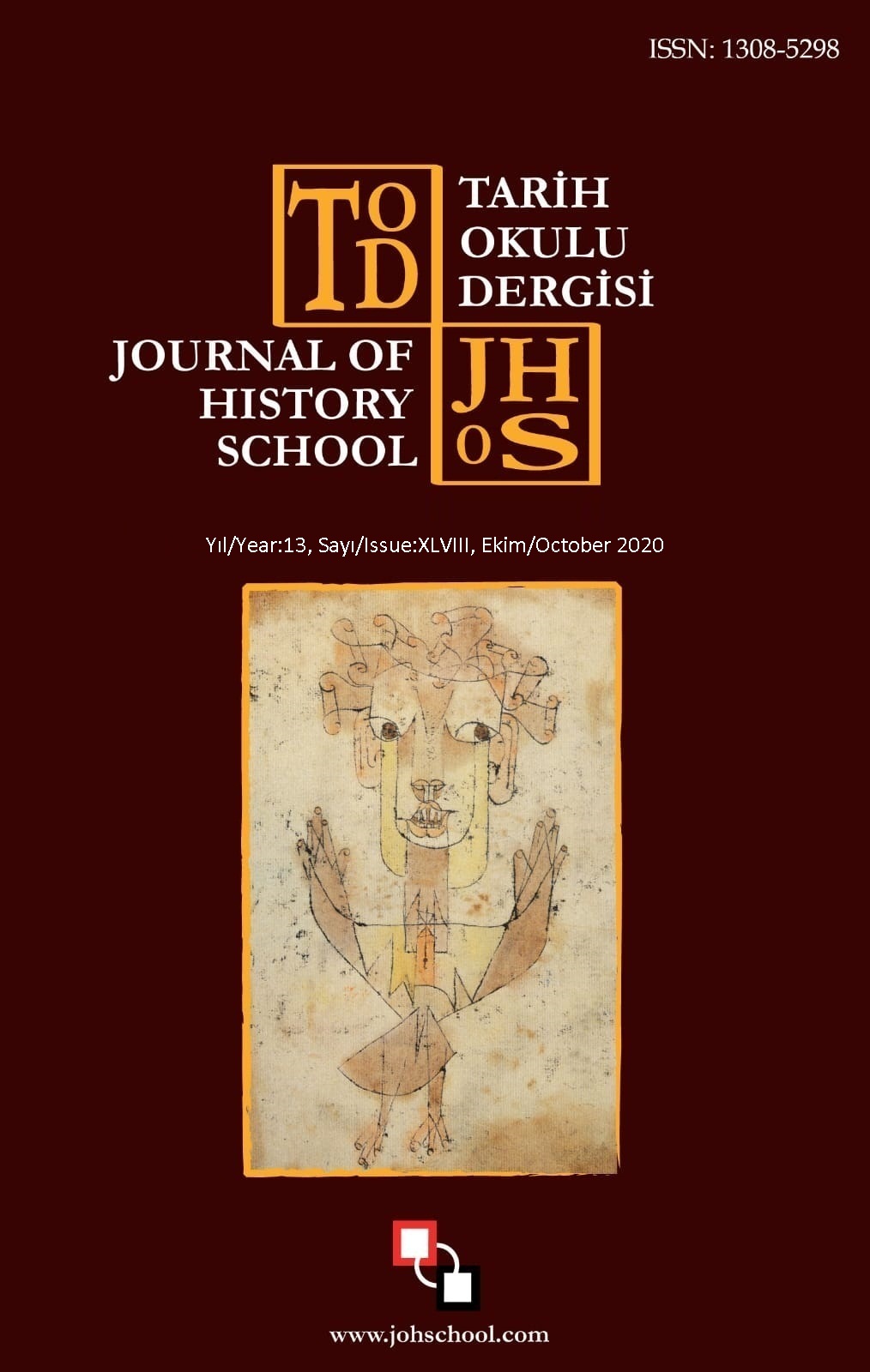Author :
Abstract
Bu çalışma, Sovyetler Birliği tarihinde “Büyük Temizlik” olarak adlandırılan ve Stalin’in inisiyatifiyle 1936-1938 yılları arasında gerçekleştirilen tasfiye operasyonlarını, çağdaş beden teorileri perspektifinden okumayı amaçlamaktadır. Organizmacı anlayış, devlet liderinin başı ve ölümsüz yüce bedeni; uyruklarının ise öteki organları ve küçük ölümlü bedenleri teşkil ettiği siyasal beden metaforuna dayanmaktadır. Sovyetler Birliği örneğinde organizmacı devlet anlayışı, siyasal bedeni hastalıklardan ve bedene bir şekilde sızmayı başarıp yerleşen virüslerden hızla arındırma stratejisiyle bütünleşmiştir. Bu doğrultuda hayata geçirilen temizlik projesiyle beraber pek çok aydın, sanatçı ve yazar hapishanelere, sürgün yerlerine ve zorunlu çalışma kamplarına (Gulag) gönderilmiştir. Kamp nesri yazarlarından Varlam Şalamov’un külliyatında ise temizlik yıllarının kurbanı olan mahkûmlar “posa, dışkı, artık, cüruf, atık, çöp” gibi kirlenmeyi ve ıskartaya çıkarılmayı imleyen ifadelerle betimlenmiştir. Bu çalışmada “Büyük Temizlik” sürecinin ardındaki meşrulaştırıcı mekanizmalar ve sürecin Şalamov yazınındaki izleri Z. Bauman, G. Vigarello, J. Kristeva ve M. Douglas gibi düşünür ve kuramcıların “temiz ve kirli”, “cevher ve cüruf” karşıtlıklarını soruşturan beden teorileri çerçevesinde, tarihsel eleştiri yöntemiyle incelenecektir.
Keywords
Abstract
The purpose of this paper focusing primarily on recent theories of the body is to review liquidation operations known as the Great Purge in the history of Soviet Union and carried out by Stalin’s initiative from 1936 to 1938. The organic theory of the state is based on “the body politic” metaphor, which asserts that while the leader constitutes the head and immortal sublime body; his citizens constitute other organs and small mortal bodies. In the case of the Soviet Union, the organic understanding of the state is integrated with the strategy of removing diseases and viruses from the body politic. Consequently, many intellectuals, artists and writers found themselves in prisons, places of exile and forced-labor camps (Gulag) through the purge. In the oeuvre of Varlam Shalamov, one of the camp prose writers of Soviet era, the prisoners and the victims of the purge are depicted as using phrases “pulp, feces, remnant, slag, waste, garbage” that imply dirt and outcast. In this study, the legitimizing mechanisms behind the The Great Purge and its traces in Shalamov's literature will be examined through the historical analysis method referring contemporary theories of the body by Bauman, Vigarello, Kristeva and Douglas, that inquire the dicotomies of “clean and dirty”, “ore and slag”.





